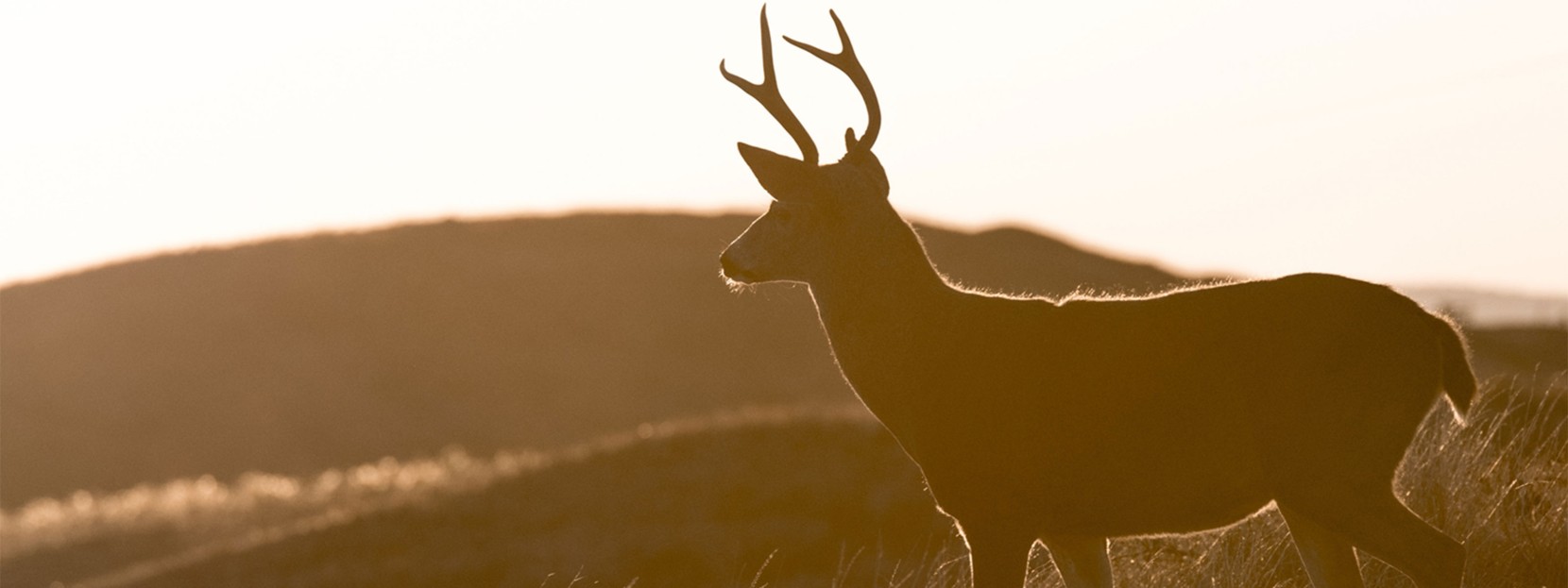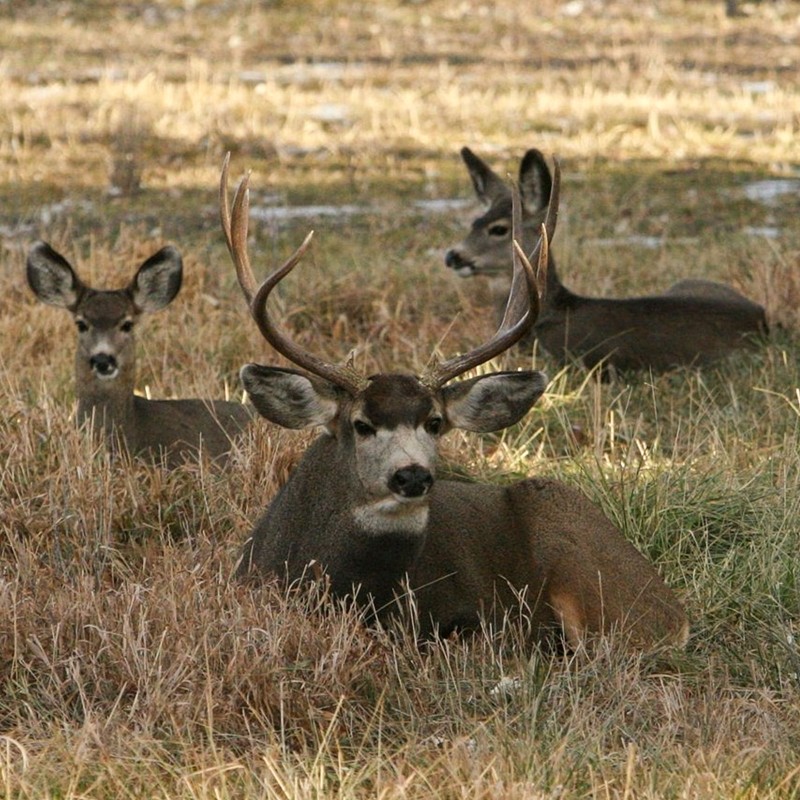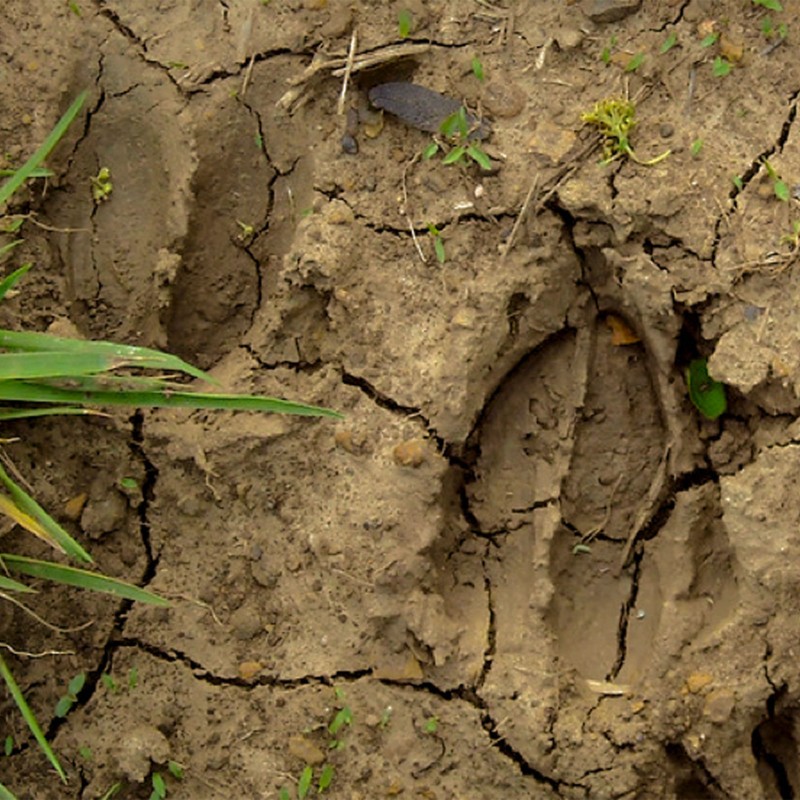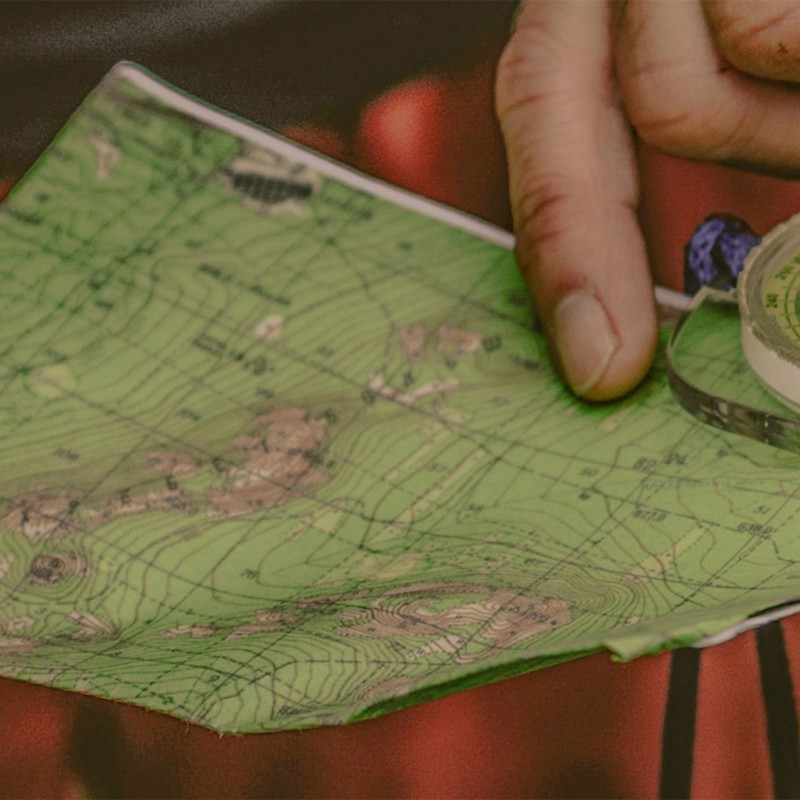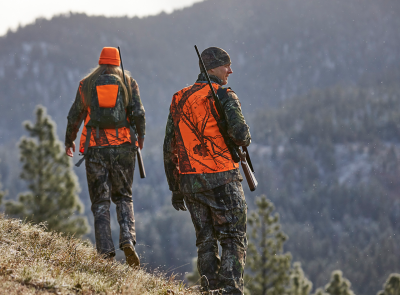5 Top Tips for Deer Hunting Success
How to find your first whitetail.
4 Min. Read | Hunting
All summer and early fall, you’ve seen big, beautiful whitetail deer seemingly everywhere you turn, and your buddies are talking non-stop about the proliferation of big bucks caught on their game cams. Naturally, this has made you very excited for opening day of your first deer season as a licensed hunter, and already you imagine placing the crosshairs of your scope on a majestic buck. But as any experienced hunter can tell you, whitetail deer have an uncanny ability to make themselves scarce the minute the sun rises on opening day. It’s almost as if they can smell the season.
This doesn’t mean you won’t find your deer; it only means that it’s going to take a little effort on your part. You can’t just walk into the woods, lay your sights on a deer, and start shooting; you need to learn where, when, and why the animal moves, what clues it leaves behind, and how to read those clues. It’s almost as if the very process of finding an animal is a test of the hunter’s commitment; pass the test, and you just might be rewarded with your first whitetail harvest. But even if you’re not, you’ll surely be rewarded with a deeper relationship to the animals you’re pursuing, to their habitat, and to the friends you’ll either celebrate or commiserate with. For many hunters, that’s reason enough to head out the door on opening morning.
1. Finding a place to hunt
The first step on every new hunter’s journey (once they’ve received proper firearm training and a hunting license, of course!) is finding a place to hunt. In many regards, the best method for this is regional; in western states, where large swathes of public land abound, it might be as simple as asking at the local hunting goods store, or touching base with your state wildlife agency. Public lands are one of our greatest commonly-held resources, and offer tremendous hunting opportunities.
In some regions, however, there simply isn’t the abundance of public land necessary to support the hunting population, and hunting on private land is often the only viable option.
Laws vary from state-to-state, and in some states it’s perfectly legal to hunt private land without express permission so long as the land isn’t explicitly posted. That said, it’s considered proper etiquette to always ask permission before venturing onto private land, even if it’s unposted.

Quick tip:
The key is to find rural landowners with large acreage; farms are an excellent option, since deer tend to congregate where crops are grown, and since farmers are often amenable to hunting.
2. Scouting
Once you’ve received permission to hunt, it’s time to scout. There are numerous aspects to scouting, all aimed at the same, core goal: To find your deer.
The first step is simply becoming familiar with the land. Be absolutely certain you know the boundaries, and try to walk the perimeter of the land, taking note whether or not the adjacent parcels are posted. Remember: You cannot legally track a deer onto posted land, even if you’ve wounded it. Of course, it’s of utmost importance to note the location of homes, businesses, barns, pastures, roadways, and anyplace humans or non-target animals might be present.
When scouting, look for clues such as game corridors, rubs and scrapes (more on these below), and, of course, the universal sign for “deer live here”: Piles of droppings. Just like humans, deer need to drink, so keep an eye peeled for water, be it a pond, stream, river, or swamp. In general, you want to get the lay of the land, and start to feel comfortable on it. If you’re GPS-equipped, you can plot your discoveries, and use these to devise an opening day strategy.

Quick tip:
Ask the land owner if they have a map to the property; if not, visit the local town clerk and request a tax map. This will be a huge asset in getting your bearings and may even reveal other likely properties.
3. Know Your Sign
Whitetail deer leave more than tracks and droppings; they also leave telltale signs such as rubs, scrapes, and beds. Scrapes and rubs are particularly prized, because they’re the product of bucks; if you find either of these signs, you know you’re dealing with antlers.
Scrape
A scrape is the result of a buck “pawing” at the ground to mark his territory. Other deer congregate over scrapes, which is what makes them so valuable to hunters. Most scrape activity occurs during the annual rut from mid autumn to early winter, so if you’re scouting outside that window, you’re not likely to find fresh scrapes.
Rub
A rub is marking on a tree at head height (for the deer, not you!); it, too, is a territory marking device, and is evidence of an active buck. Look for fresh rubs, where exposed wood fibers are still bright and shiny.
Deer Bed
Once you’ve seen a deer bed or two, you’ll rarely mistake them for anything else. The key to finding deer beds is to know where deer prefer to bed down. Common bedding areas include swamps, ridgetops, and cedar thickets, though of course deer love to surprise, so keep your eyes open.
Tracks & Trails
Of course, don’t forget about simple tracks and trails, which are perhaps the easiest sign to find, and the clearest, most obvious evidence that deer are present.

Quick tip:
Most rubs are found on small trees up to about 3-inches in diameter, and are indicative of young bucks in the 1 to 3-year old range. If you find a rub on larger trees, get excited, because it’s probably an older (and therefore, bigger!) buck.
4. Using a Trail Cam
If you’re using a trail cam (and on private land always be sure to get permission to do so, even if you already have permission to scout and hunt), you’ll want to place it where you already have at least a strong suspicion of activity. This could be along an established trail, or over a scrape or rub. Sources of water and food (such as recently-harvested corn fields or clear cuts) are also prime locations.

Quick tip:
The beauty of a trail cam is that not only will it show you what’s moving through the area, it will show you when it’s moving through, and when is almost as important as what.
5. Reading Maps
A good topo map is a highly effective hunting tool, and can offer a crucial head start during the scouting stage. Indeed, among hunters the fine art of map reading is known as “speed scouting.” The key to effective map reading is to understand that when it comes to moving through the forest, deer prefer the path of least resistance. This means they generally travel on contour, or atop ridges, where the going is easier.
Deer also prefer to remain under cover while traveling, and maps can help identify likely corridors, such as a narrow tract of timber connecting two larger pieces of forest. The convergence of ridges, known as a “hub,” is another potential hotspot. Always be on the lookout for wetlands, and remember that deer often feel safer traveling along a stream.
Still, no matter how skilled a speed scouter you become, remember that nothing beats getting your feet on the ground and putting in some miles. Maybe you’ll find deer, and maybe you won’t. But either way, you’ll soak up some time outdoors. And really, isn’t that what this is all about?

Quick tip:
In hilly terrain, look for wide contour intervals among narrower intervals; the wider interval is known as a “bench” and is often where deer choose to travel.
Related Stories




